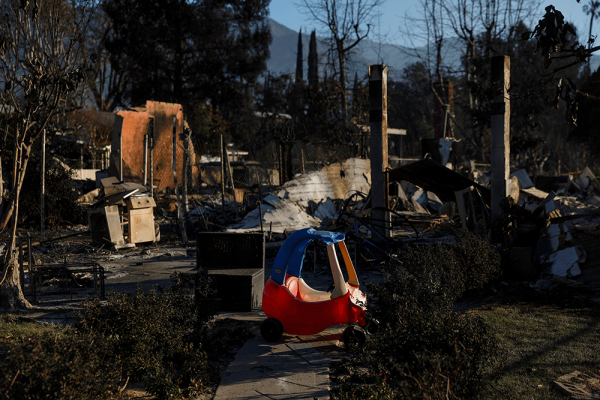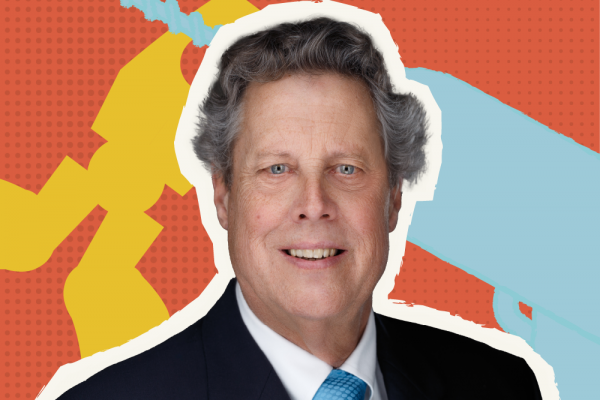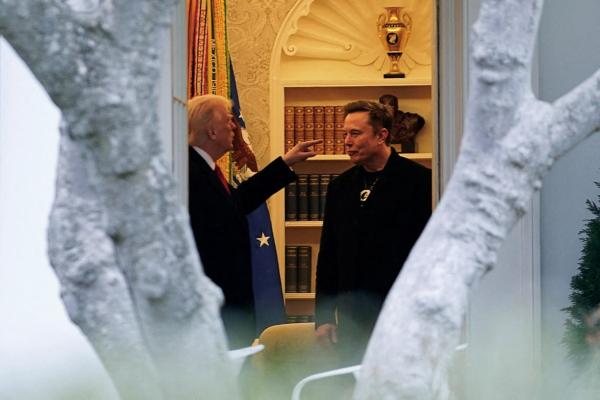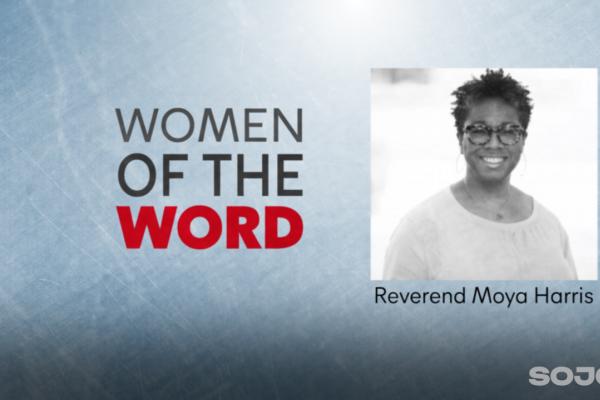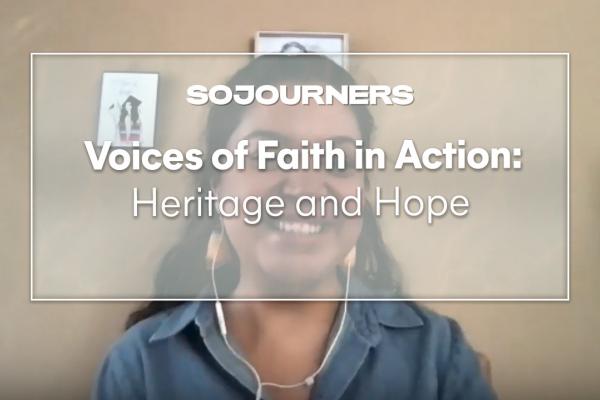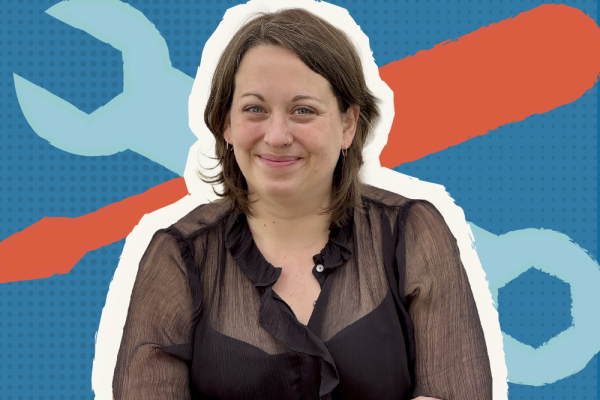When Shimica Gaskins first saw the single-story green ranch style house in Altadena, Calif., she wasn’t in love with the color. But she was in love with Altadena, a community where the Black middle class was not only thriving but creating the kind of social fabric where she and her husband dreamed of raising their two kids. Eight years later, the citrus trees, native plants, and family memories had made the little green house a home. And then it burned down.
Gaskins and her family, like thousands of others, lost their home in the series of deadly wildfires that swept Los Angeles County in January. The Eaton fire in Altadena would consume around 9,400 structures including homes, businesses, schools, and churches, and claim the lives of 17 of Gaskin’s Altadena neighbors. While the immediate crisis of stabilizing the displaced is ongoing, Gaskins wants to ensure that the recovery prioritizes families, just like Altadena has always done.
“That really is what the beloved community is all about,” Gaskins said. For her children and many others, Altadena is a place where people ask them how their sports team is doing and what they are learning in school. Neighbors stop to celebrate the new belt color on a karate gi, or wish kids luck on an upcoming performance. Charles White Park was full of trees where her son, who has asthma, could play in fresh, clean air — a prized asset in smoggy Los Angeles County, where many children of color grow up in close proximity to the tangle of freeways that plowed through their neighborhoods in the 20th century. A community that prioritizes children and their wellbeing, she said, “was already a liberatory framework.”
In many ways, Altadena has been a model of what she is trying to build for more children through her work with End Child Poverty California powered by GRACE, a ministry of the Daughters of Charity. The organization champions child tax credit expansion, baby bonds, and cradle-to-career networks. They also offer immediate support for families while pursuing a long-term end to the wealth gap between white and marginalized families of color in California. In the Los Angeles area, the median value of liquid assets for white households in 2014 was $110,000, compared to $200 for Black families, and $0-7 for Latino households.
250207-firerecovery2.png
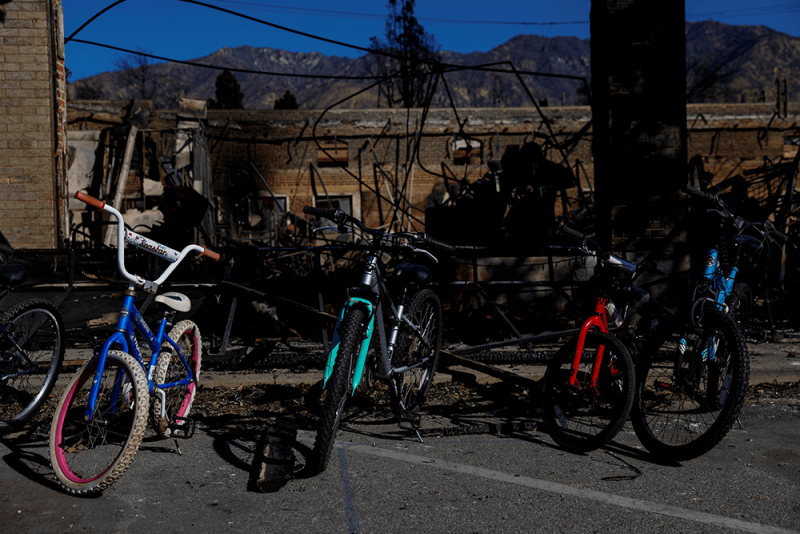
For Gaskins, the neighborhood is an example of how children thrive when their parents, neighbors, and classmates are not hounded by poverty. In the rebuild, adults might be able to translate their needs into dollars and cents, but for kids, Gaskins said, “It’s the sense of safety, acceptance, and love that was taken away instantly.”
To restore security, she said, kids have needed to see familiar faces. Her own kids didn’t want to get on a Zoom call with a local youth organization to talk through their fears and grief until they realized their friends would be on the call as well.
Many families in Altadena had been there for generations. Parents, grandparents, aunts, uncles, and cousins lived within a couple of miles of each other, often in the same neighborhood. Being surrounded by family members whose houses are calm, predictable, and familiar creates extra layers of stability for kids. When mom and dad have to work late, or when a medical emergency strikes, spending the night with grandma or cousins eases the sense of disruption.
In Altadena, there’s a decent chance those relatives’ houses burned down too, destabilizing entire networks of care. That’s why it’s important to Gaskins to try to rebuild not only buildings, but to prioritize the infrastructure of existing social networks like churches, schools, and affordable homes.
Communities like hers have been historically vulnerable, she said. Whether through intentional disasters like the attack that ravaged a thriving Black community in Tulsa in 1921, opportunists swooping in after a climate disaster like Hurricane Katrina, or the methodical disinheritance of Black, Mexican-American, and Native American families, Gaskins said, social stability is never something marginalized communities can take for granted.
“We’ve been failed time and time again as Black communities,” she said.
At First African Methodist Episcopal Church, the oldest Black congregation of the denomination in Pasadena, elder Nikia Smith Robert is encouraging neighbors not to fall for scams that promise a faster, easier payout or assistance than what’s available through known and trusted sources. Even though lines and wait times might be long at government offices or local nonprofits, she said, she’s urging her neighbors — including the 54 members of her church who lost their homes — to avoid anyone promising a quick fix.
At the same time, she’s working to make her organization, Abolitionist Sanctuary, one of those trusted sources for immediate assistance and longer-term healing. Robert quickly realized that delivering aid in Altadena would be different than many might expect, in part because of the strong social networks, middle class professionals, and presence of advocates like Gaskins among the affected. Displaced residents were clear about their needs: They needed cash, not boxes of clothes that would crowd the hotel rooms where they were housed. They needed legal clinics as they prepared to wrangle insurance payouts.
Robert was able to bring in a $2,500 donation from Greater Allen A.M.E. Cathedral in New York, which she has distributed in $50 increments to her neighbors. She’s letting them define their needs, whether a specific baby formula and vegetables, personal hygiene supplies, or filling a prescription. Flexibility and agency are key to a dignified recovery, she and Gaskins emphasized.
Robert also decided to recruit a multi-faith roster of clergy to volunteer their time to pray with residents. She sought out Christian, Muslim, Jewish, Buddhist, and other clergy who could pray with community members as the grief and trauma of the fire set in. She vetted the clergy, she said, for their commitment to social justice, a willingness to pray for both comfort after disaster and for strength and power in the community.
If she had any hesitance about the value of prayer as a recovery service, Robert said, she was fully convinced as she watched Gaskins integrate faith and service.
“Her sense of faith as a coping mechanism to sustain her in crisis inspires me to do the work I do as a religious leader,” she said.
Got something to say about what you're reading? We value your feedback!
